European Mobility Week: OHLA Positions Itself as an International Benchmark in the Development of Sustainable Transport Infrastructure
16 de September de 2025
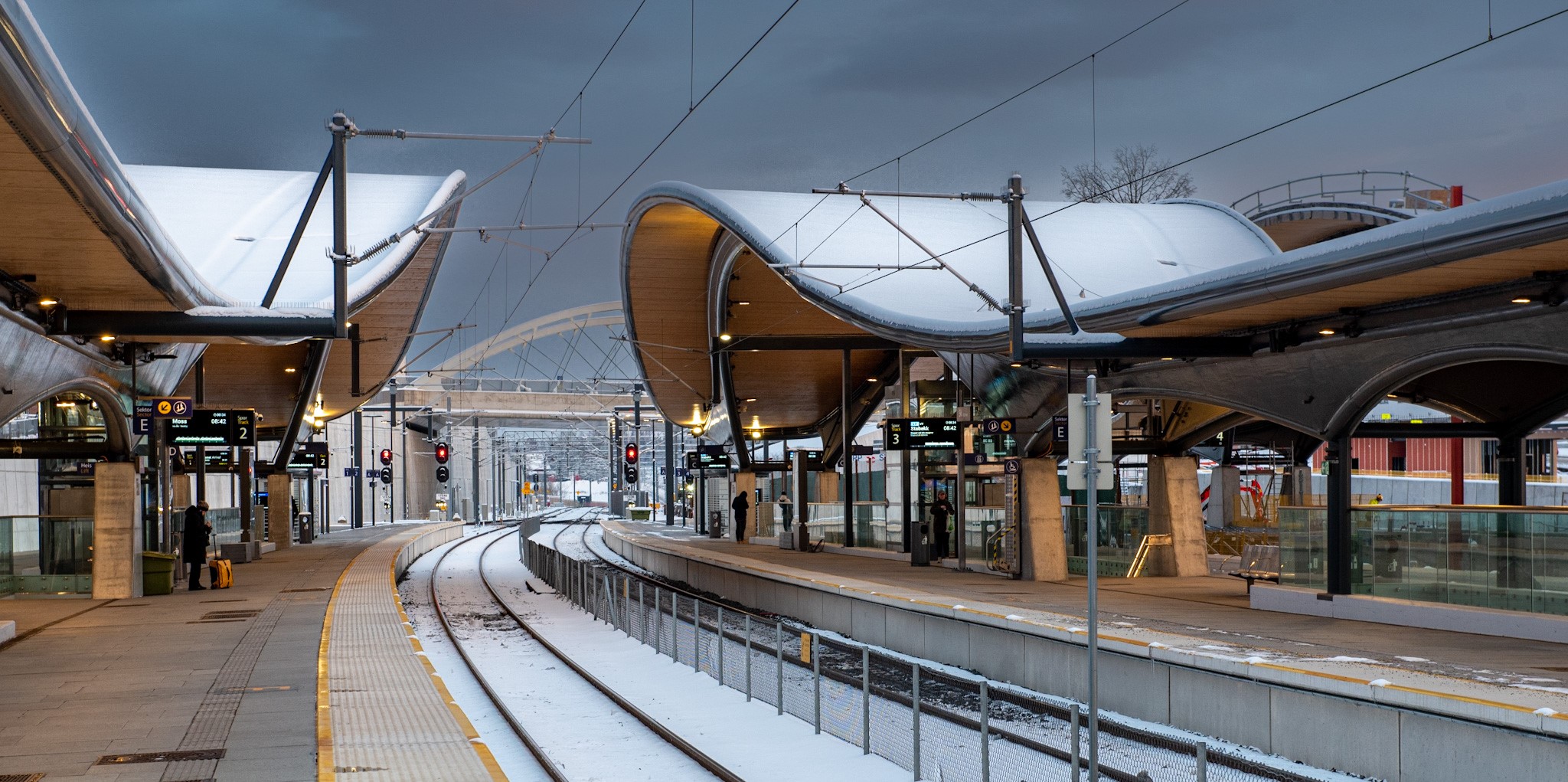
With more than a century of experience in developing sustainable transport infrastructure, OHLA has established itself as an international benchmark in projects aimed at creating cleaner, safer, and more connected cities. Throughout its long history, OHLA has participated in the construction of more than 200 high-speed rail lines in the markets where it operates, positioning itself as a key player in promoting rail as a sustainable alternative.
Its commitment to sustainable mobility, marked by technical excellence and social impact, has been recognized internationally on several occasions by institutions and specialized media, such as Engineering News Record (ENR), the most important global publication in the construction sector, which in 2023 awarded the innovation and added value of its railway projects.
In this regard, it is worth noting that ENR granted OHLA its best ranking since 2017 in its construction ranking for Europe (18) and Latin America (8), two of its main markets.
As part of European Mobility Week, held from September 16 to 22, OHLA highlights its ability to deliver infrastructure that addresses the major challenges of sustainable mobility. From urban transport to major rail corridors, the company actively contributes to transforming mobility models in the regions where it operates.
Largest Contractor for the Stockholm Metro
OHLA has become a benchmark in sustainable mobility in Sweden, where its technical expertise and commitment to excellence have made it the largest contractor for the Stockholm Metro. The company has been awarded four contracts by the Stockholm Region, demonstrating institutional trust in its experience and reinforcing its strategic role in developing urban transport infrastructure in Northern Europe.
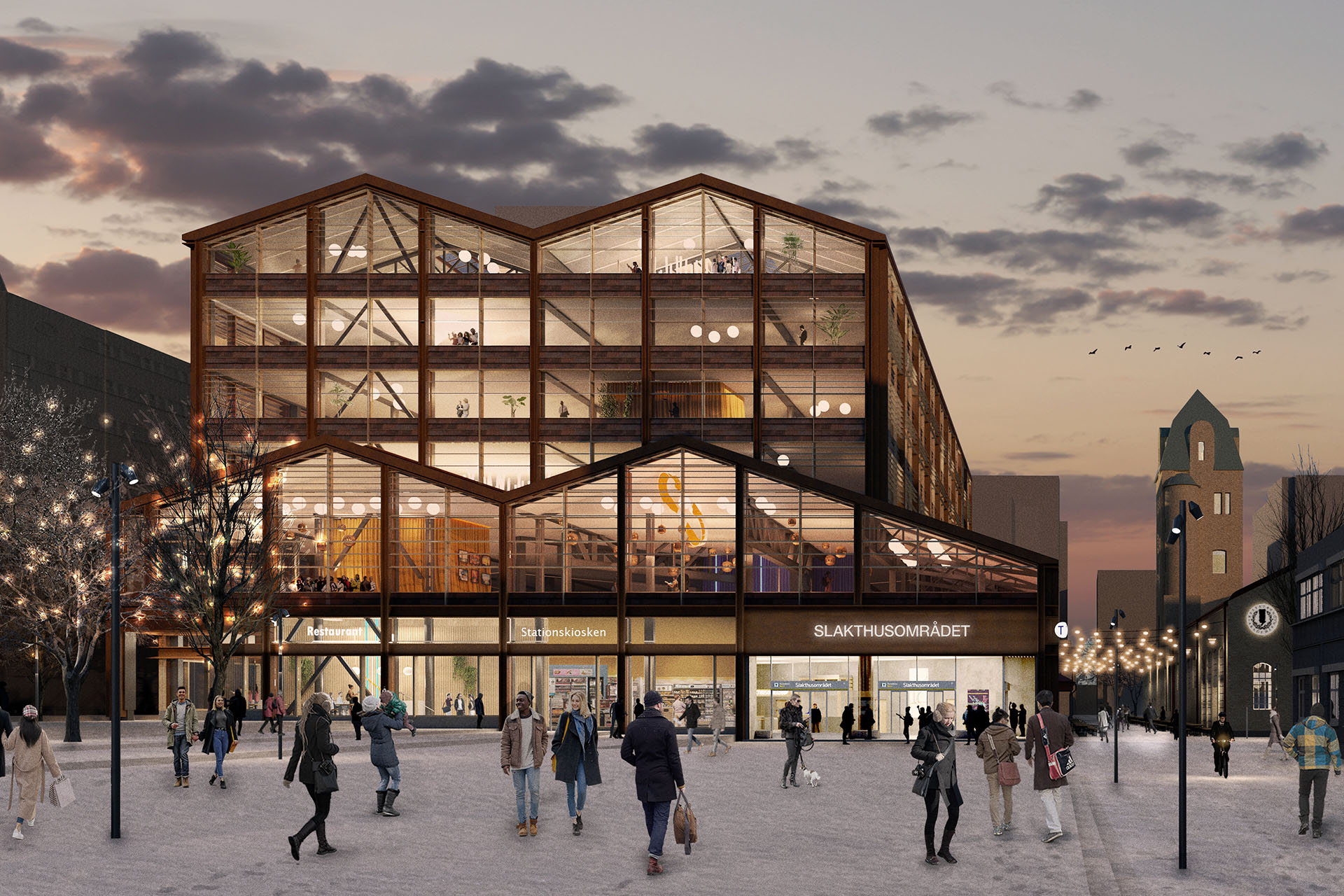
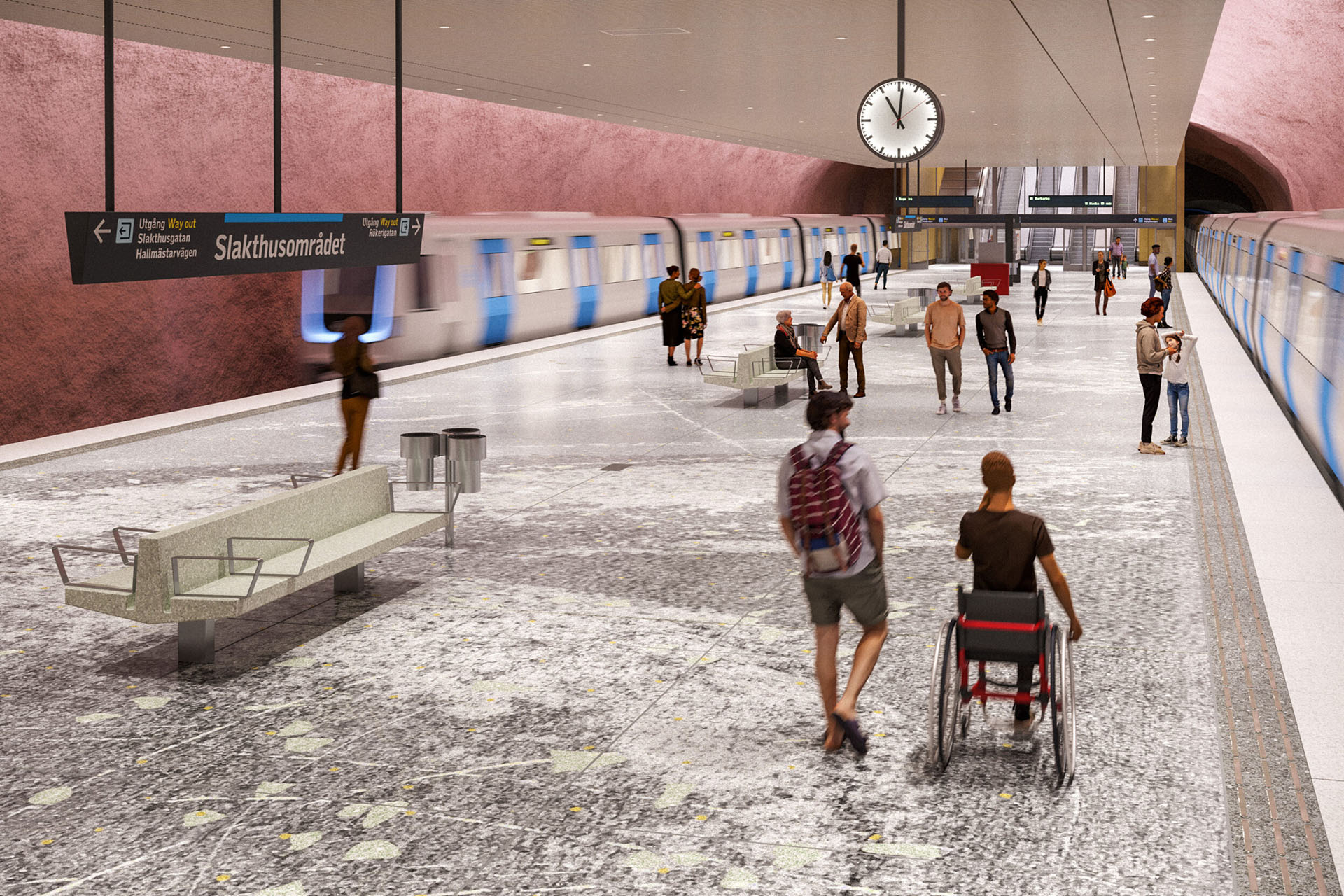
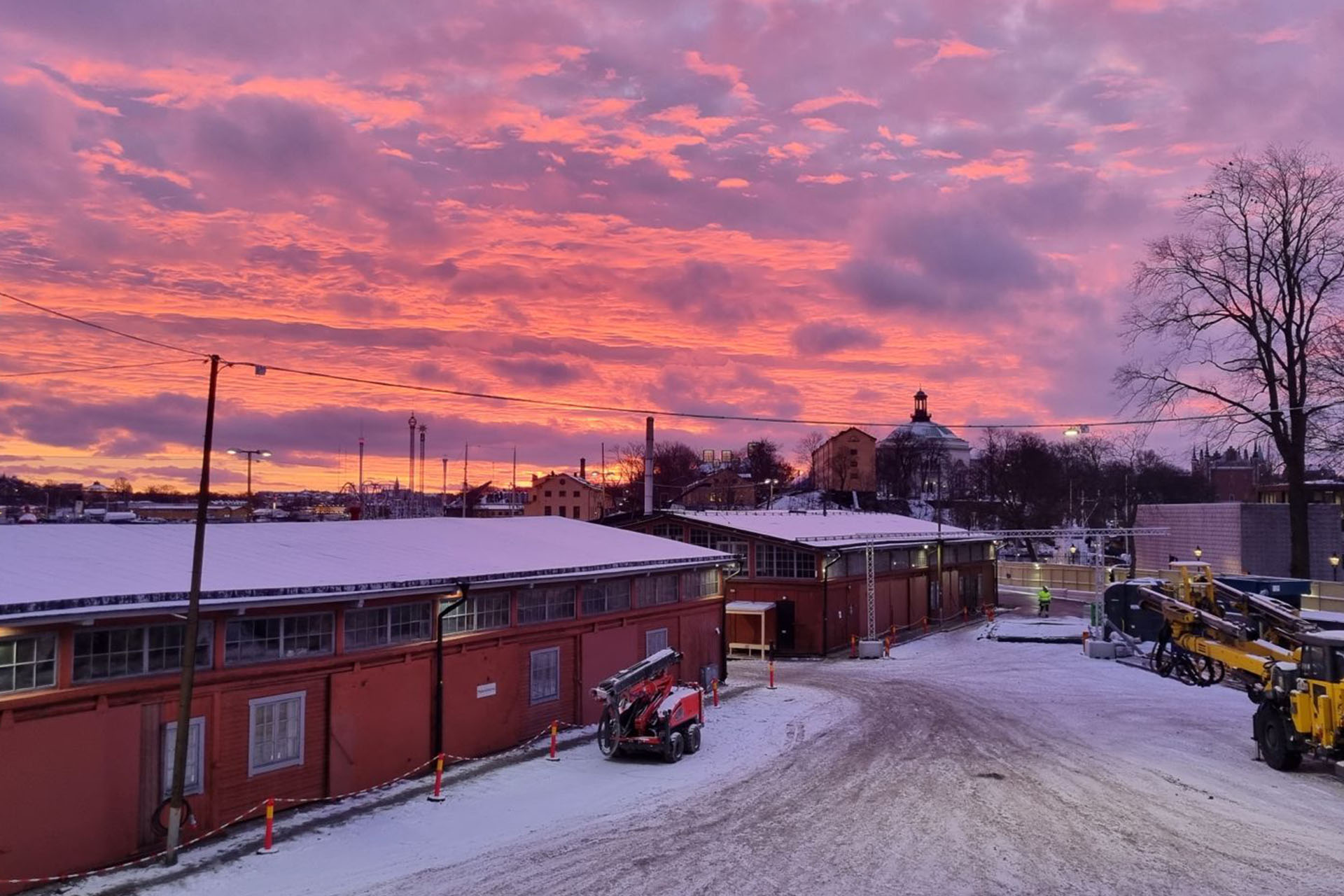
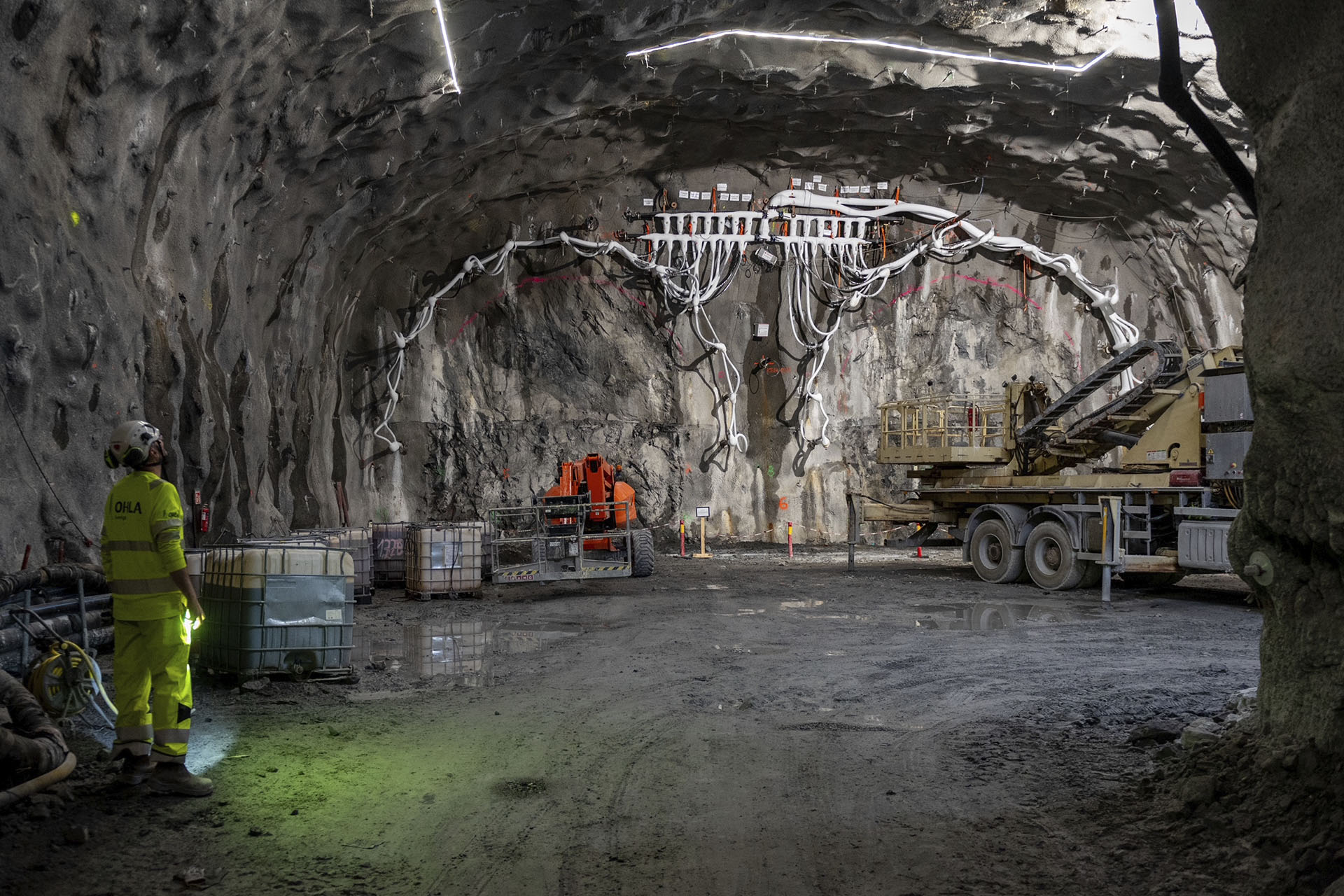
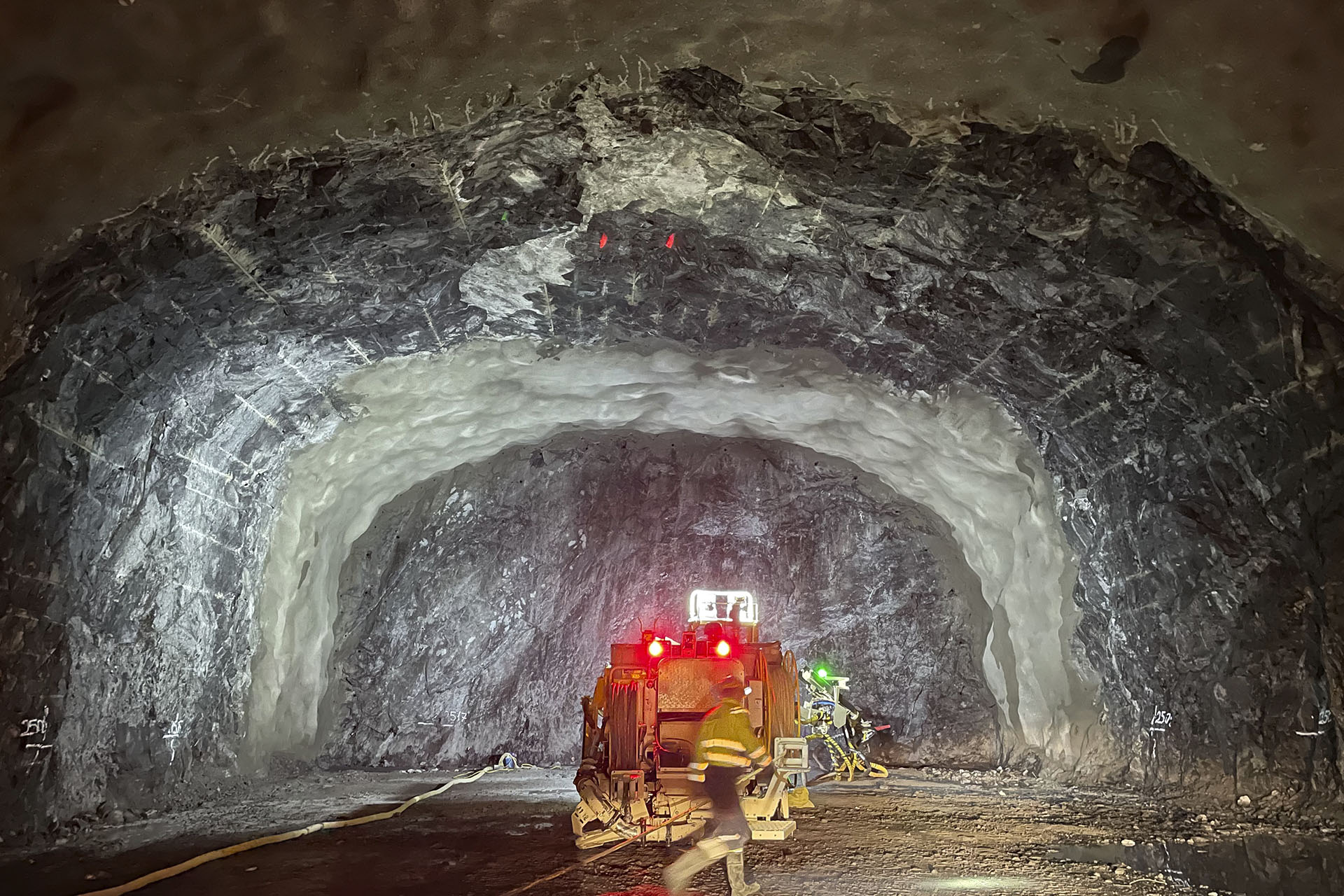
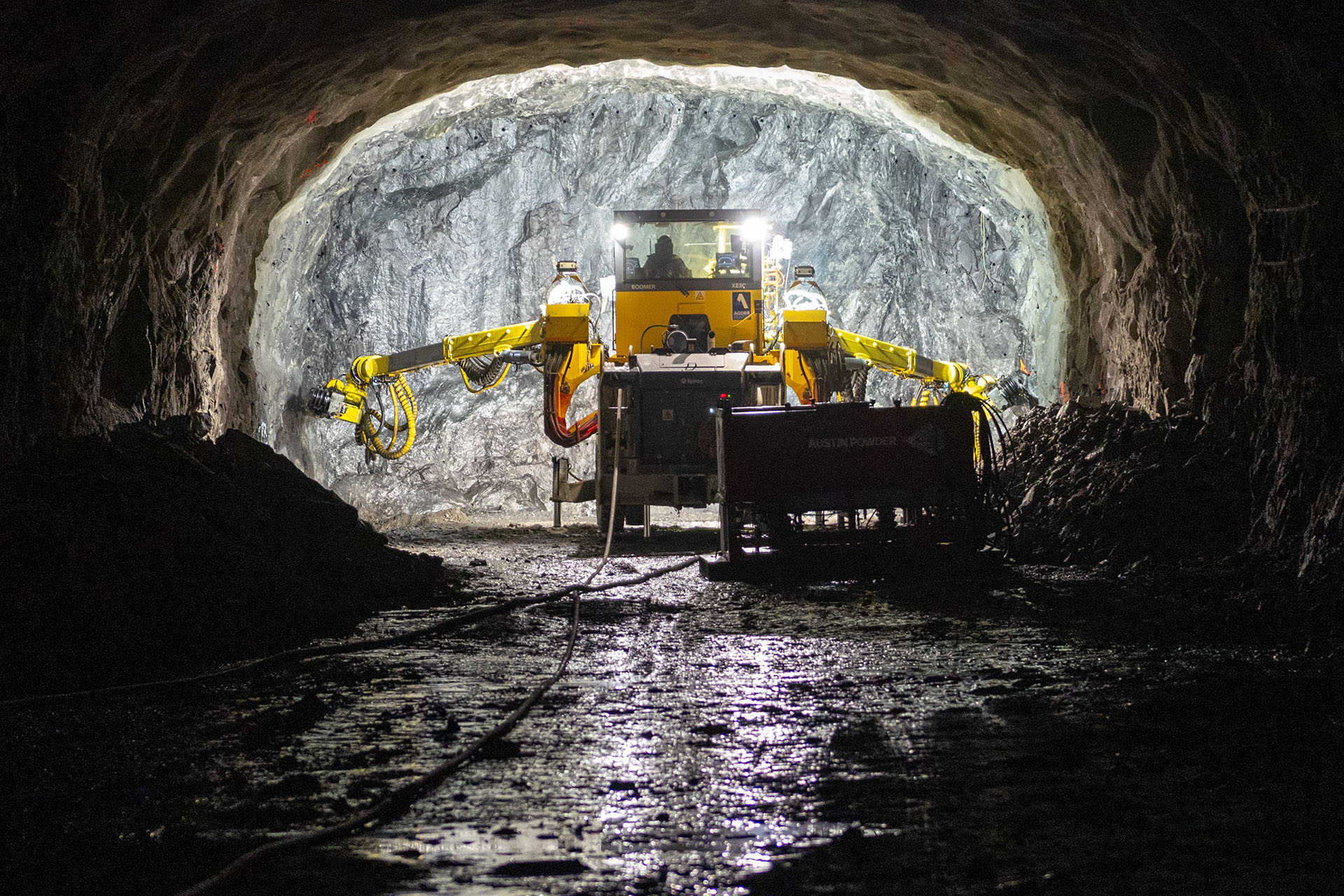
Since 2021, OHLA has made a significant impact on the metropolitan system of the Swedish capital. The first contract, Kungsträdgården, included the excavation of 4,500 meters of tunnels 90 meters below sea level, reusing 23,000 m² of granite rock. In 2022, the company added the Gullmarsplan project, with 1,200 meters of tunnels and a 300-meter-long underground station built 70 meters deep, where a 100% electric shotcrete robot was used.
Subsequently, OHLA was awarded the Sockenplan Phase 2 and Slakthusområdet project, which includes 1.2 kilometers of new metro line, two tracks, a service tunnel, and a new station: Slakthusområdet. The work also includes a 310-meter cut-and-cover concrete tunnel.
In 2023, the company took another step forward with the award of Contract 2651 Stationer Bygg, which involves the design and construction of seven new stations in the southern section of the Blue Line. The project also includes the construction of pavilions and technical centers, steel and concrete structures, lightweight walls, doors, glass sections, false ceilings, floor coverings, and wall and ceiling finishes. Elevators, escalators, electromechanical systems, and even artistic interventions in the stations will also be integrated, reinforcing the functional and cultural character of the transport system.
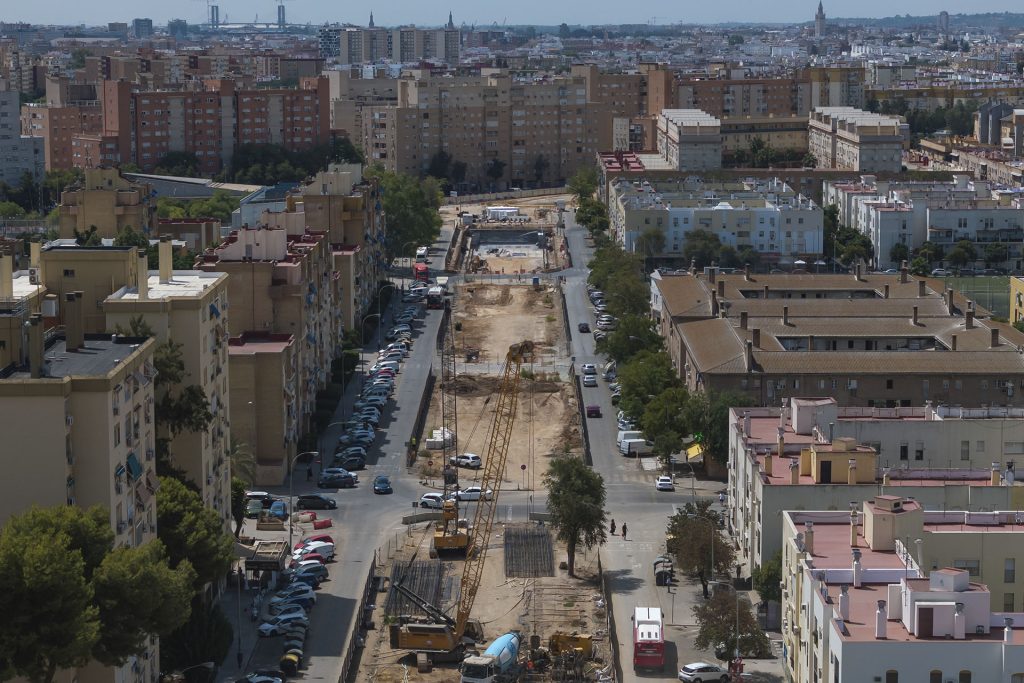
Presence in the Seville Metro and High-Speed Rail
In Spain, OHLA has strengthened its commitment to sustainable mobility through strategic projects that transform urban and rail transport in different regions of the country. One of the Group’s most emblematic metropolitan projects is Line 3 of the Seville Metro, where OHLA is working on the section between Pino Montano and Prado de San Sebastián, including Subsection I: Ramal Técnico Sur–Los Mares.
This project represents a key step in expanding the public transport system of the Andalusian capital, improving territorial coverage and facilitating access to strategic areas of the city. The infrastructure is designed to meet the needs of modern, connected, and sustainable urban mobility.
Additionally, OHLA currently leads four high-speed rail platform projects that strengthen territorial cohesion and interregional connectivity. Among them is the Mondragón–Elorrio–Bergara (Sector 1) section of the Vitoria–Bilbao–San Sebastián HSR line, executed by the Angiozar JV, which is part of the strategic corridor connecting northern Spain. In the Mediterranean Corridor, the company is integrating the railway in Lorca, including the platform and station, a key project for the city’s urban transformation.
It is also involved in the Madrid–Extremadura HSR line, in the Arroyo de Santa María–Navalmoral de la Mata section, which will improve connectivity in one of the regions with the greatest development potential. Likewise, in northern Castilla, OHLA is executing the Calahorra de Boedo–Alar del Rey section of the Palencia–Aguilar de Campoo HSR line.
A Benchmark in the Czech Republic
Through its subsidiary OHLA ŽS, OHLA has become one of the leading groups in railway projects in the Czech Republic. A recent example is the award of one of the country’s most significant railway projects: the modernization of the Brno–Přerov line. This project, valued at €425.7 million, will allow speeds of up to 200 km/h, improving passenger transport in the region, enhancing comfort, and boosting connectivity.
This new contract adds to OHLA’s solid track record in the country, where it has executed key projects that have transformed the Czech railway system. Among them is the modernization of the Sudoměřice–Votice line, part of the fourth European railway corridor connecting Germany and Austria.
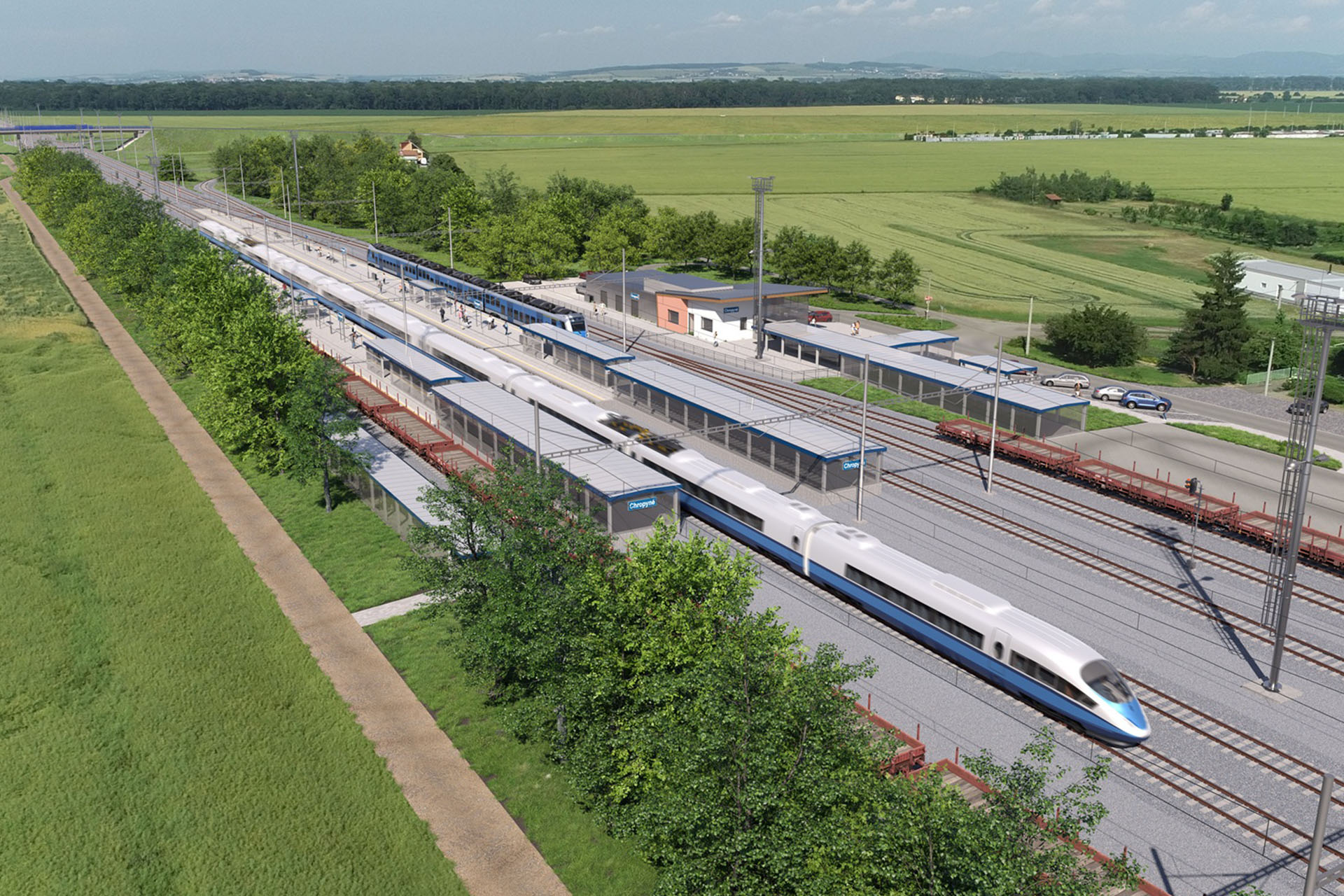
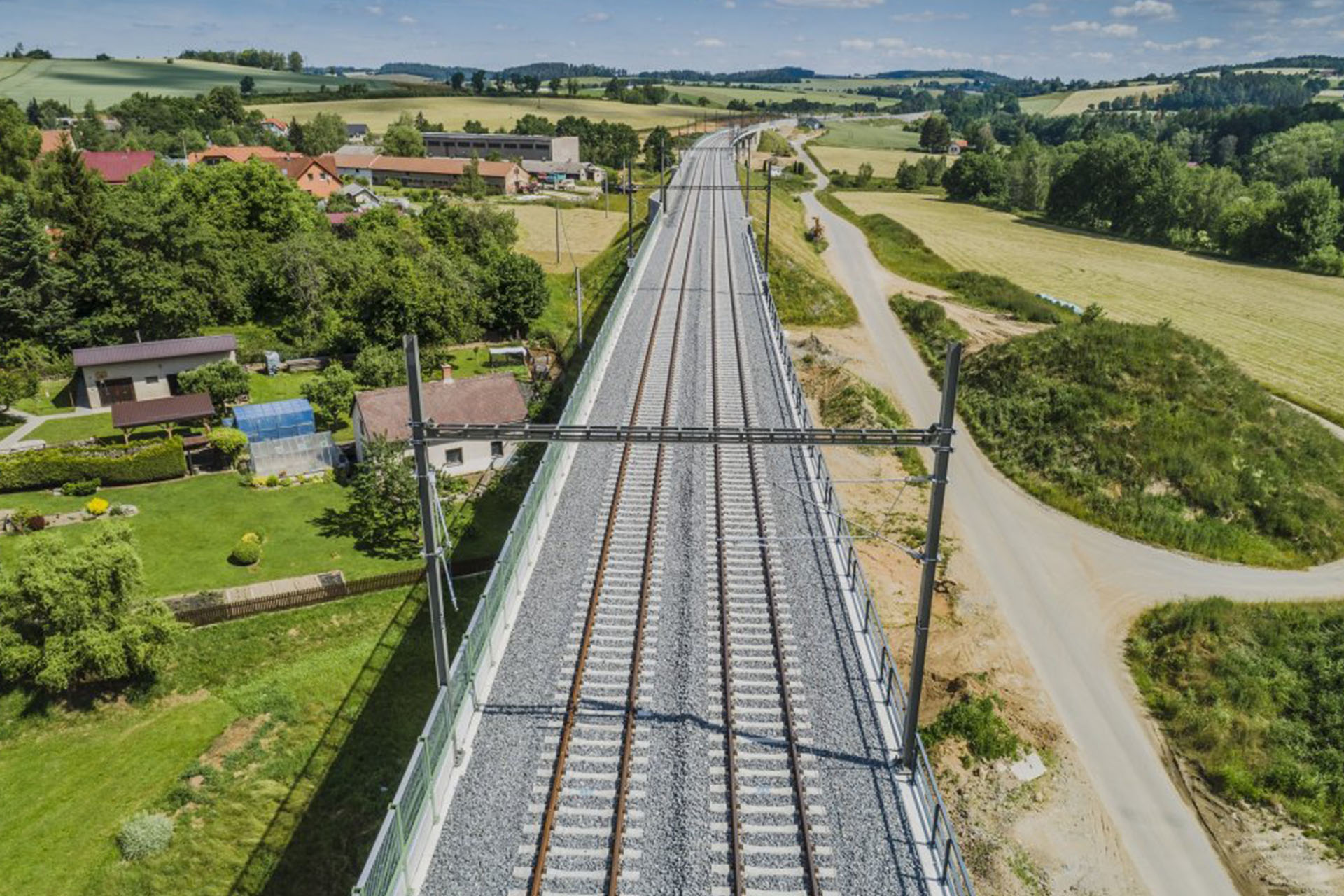
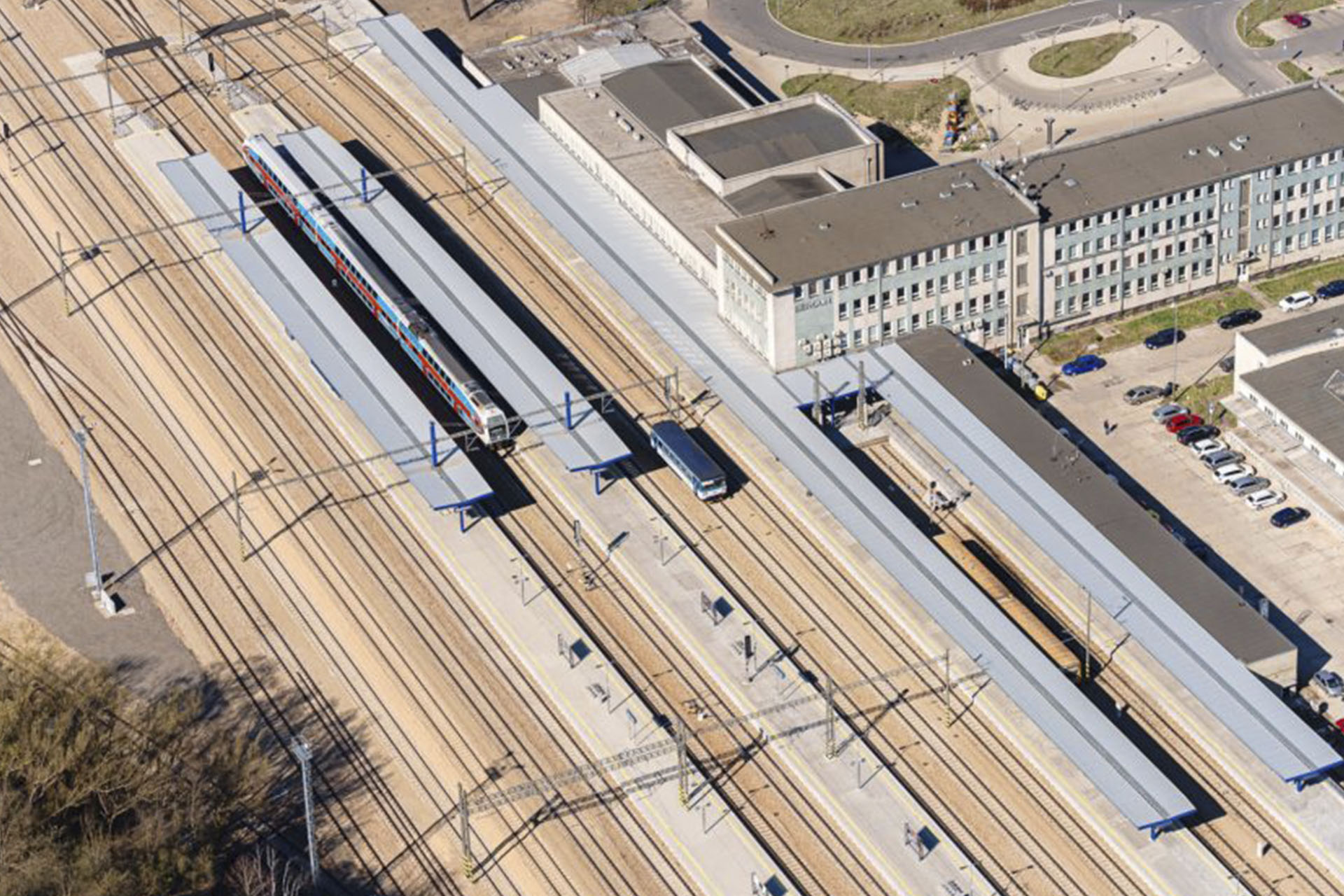
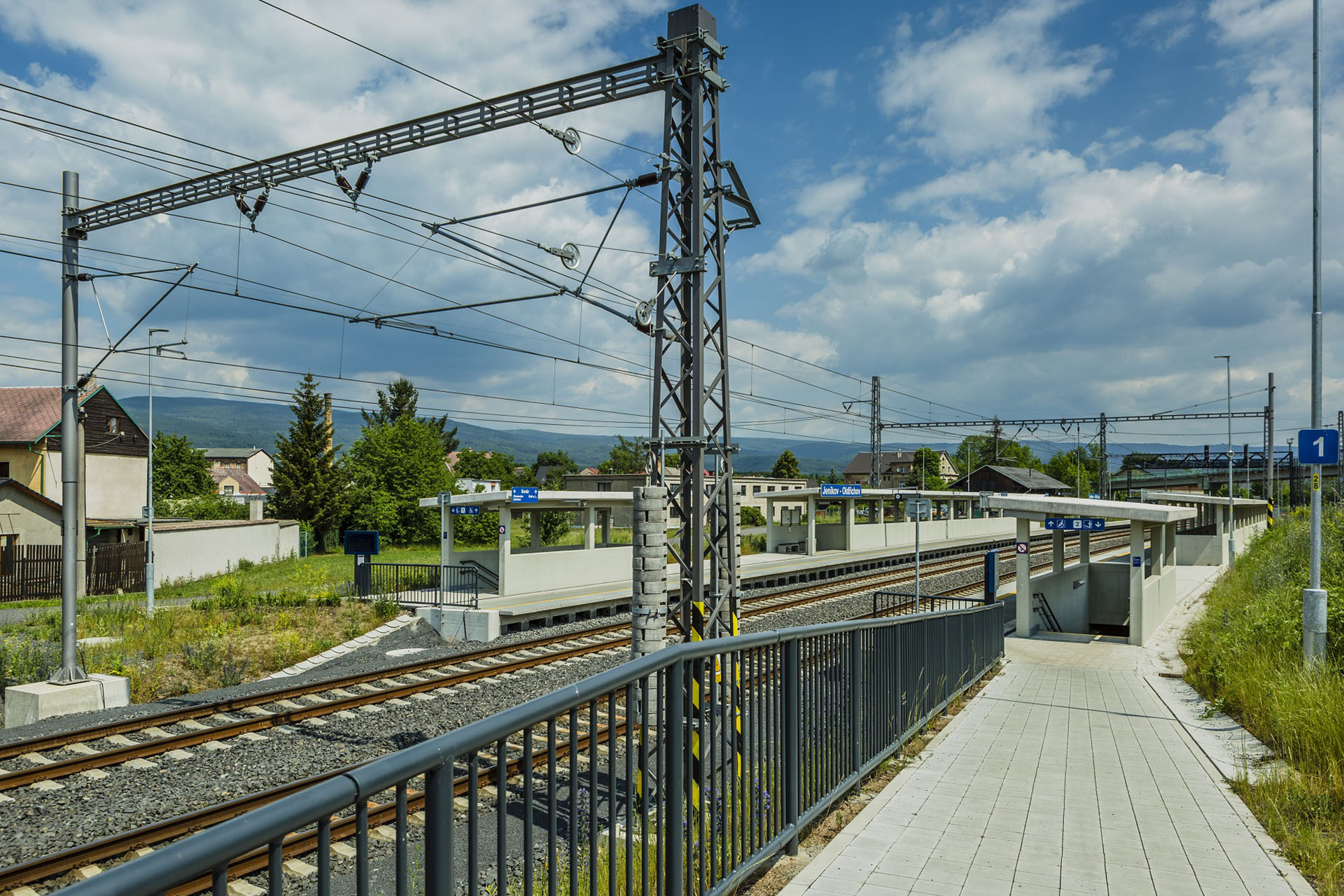
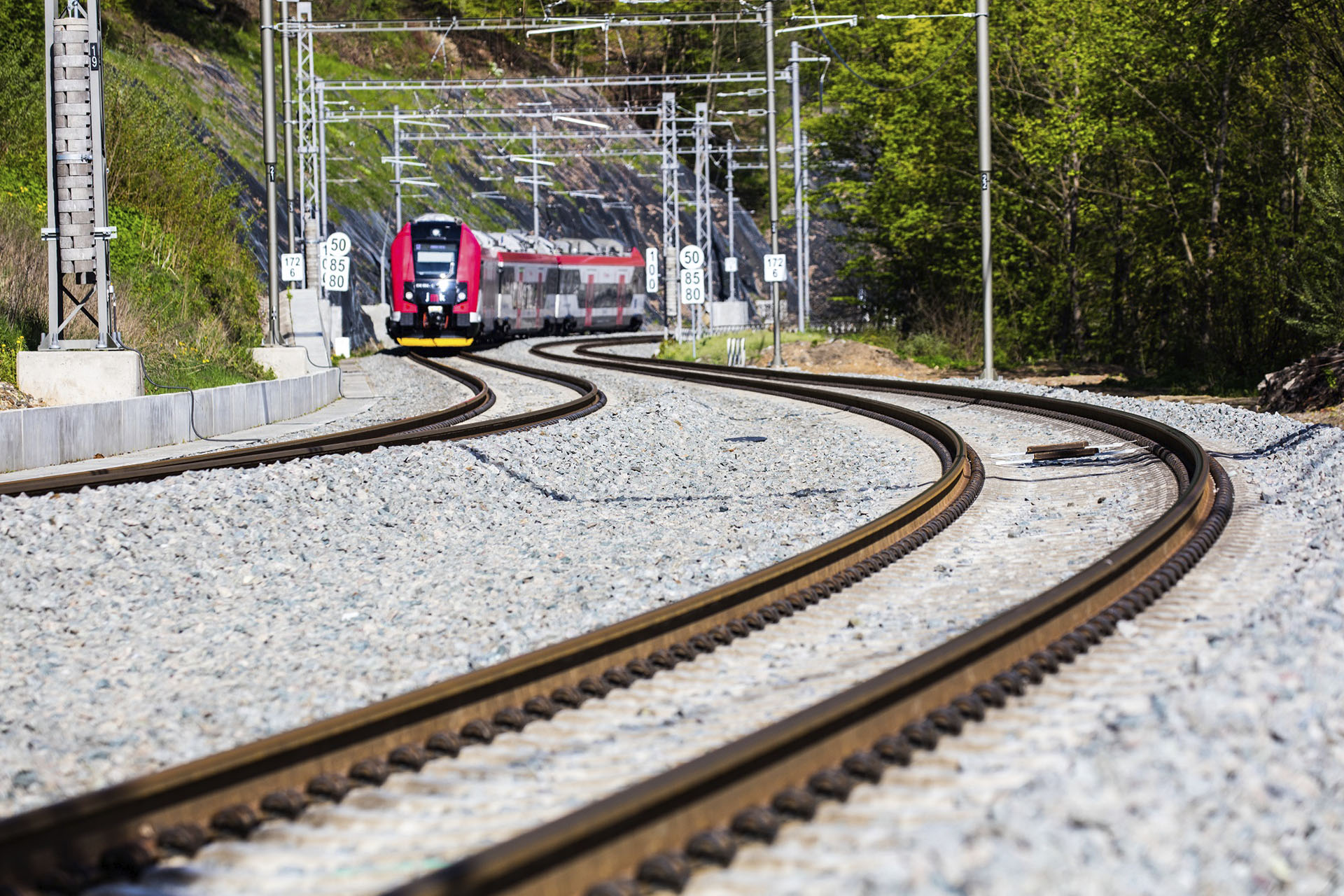
The project included the construction of two tunnels (Mezno and Deboreč), four overpasses, bridges, a new 26 km traction line, and advanced safety systems, enabling speeds of up to 200 km/h and eliminating all level crossings.
Another milestone was the reconstruction of the Adamov–Blansko line, 7.05 km long, part of the first national transit corridor. The project improved safety, eliminated speed restrictions, ensured interoperability, and built access for people with reduced mobility. The works were carried out during a total rail traffic closure, with alternative transport services, and also included the renovation of Adamov station and the Brno-Maloměřice–Adamov section.
In the urban sphere, OHLA played a key role in building the new Prague-Bubny station, one of the most modern in the country. The avant-garde design building allows direct train access inside the station, incorporates commercial spaces, green areas with automatic irrigation, and is connected to an elevated walkway that improves pedestrian accessibility.
The company is also leading the comprehensive reconstruction of Brno–Královo Pole station, with an investment of approximately €118 million. The project includes a new boarding hall, track renewal, increased capacity for long-distance and freight trains, new platforms with modern canopies, barrier-free access, and an advanced information system. It is proposed to receive EU Cohesion Fund co-financing.
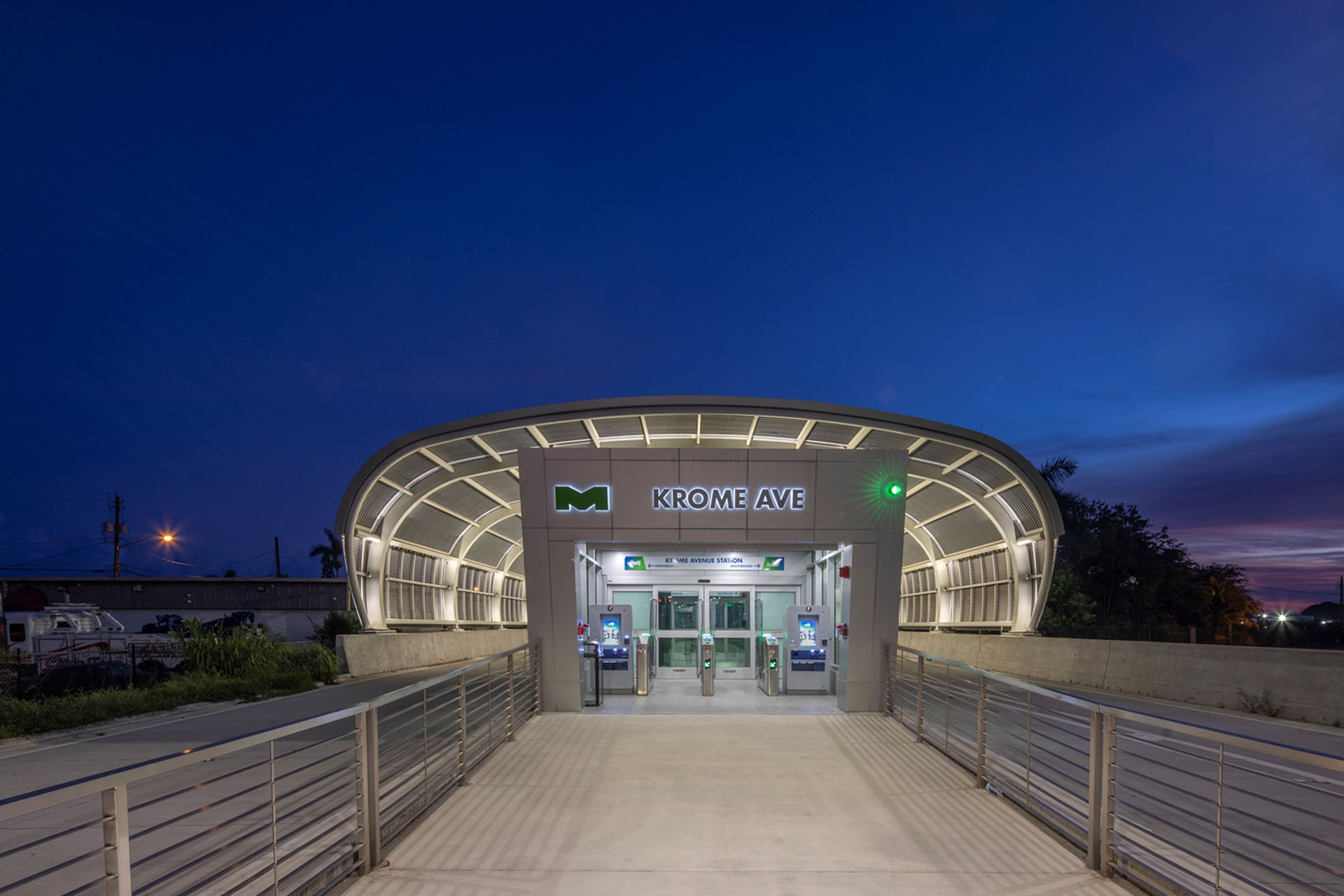
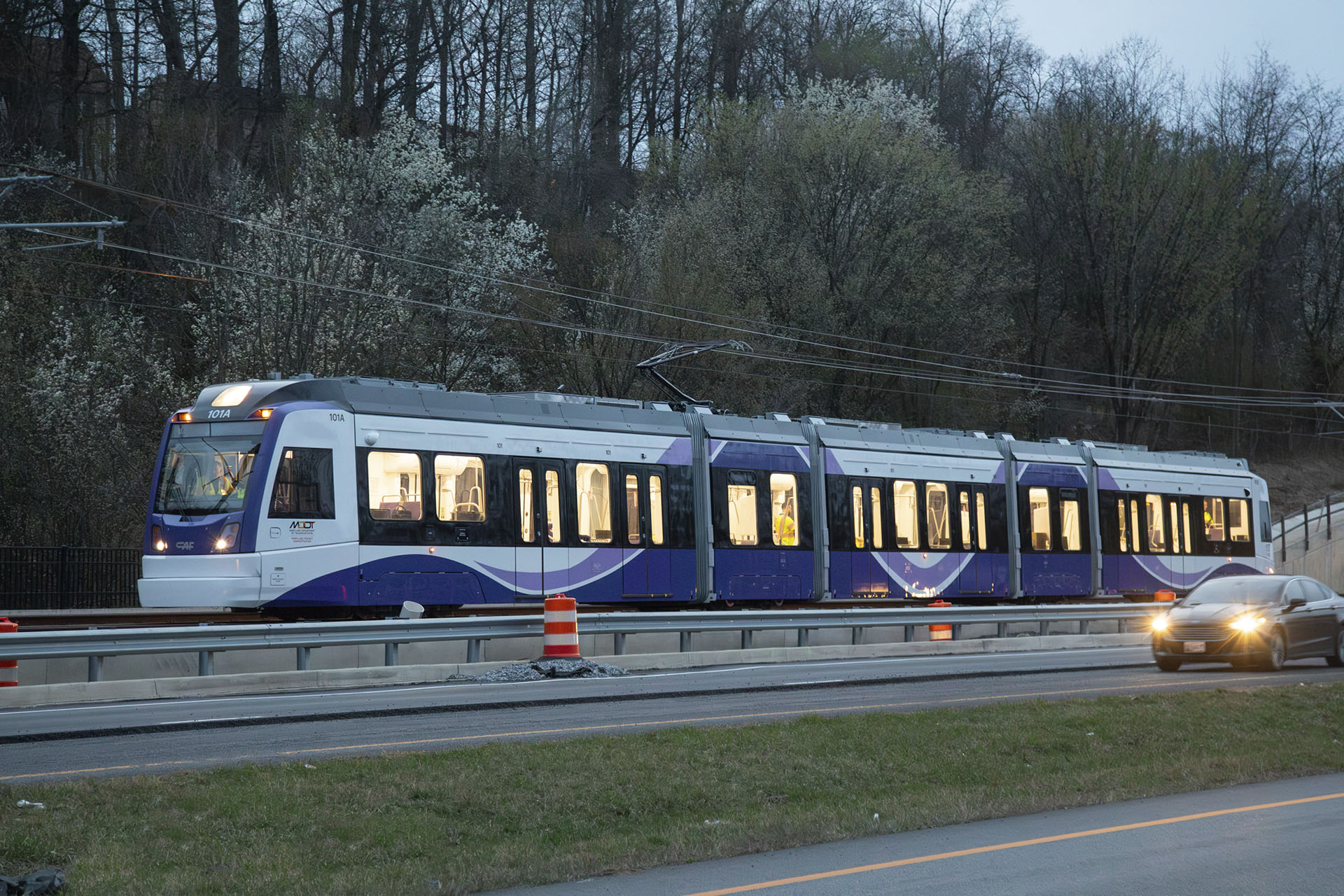
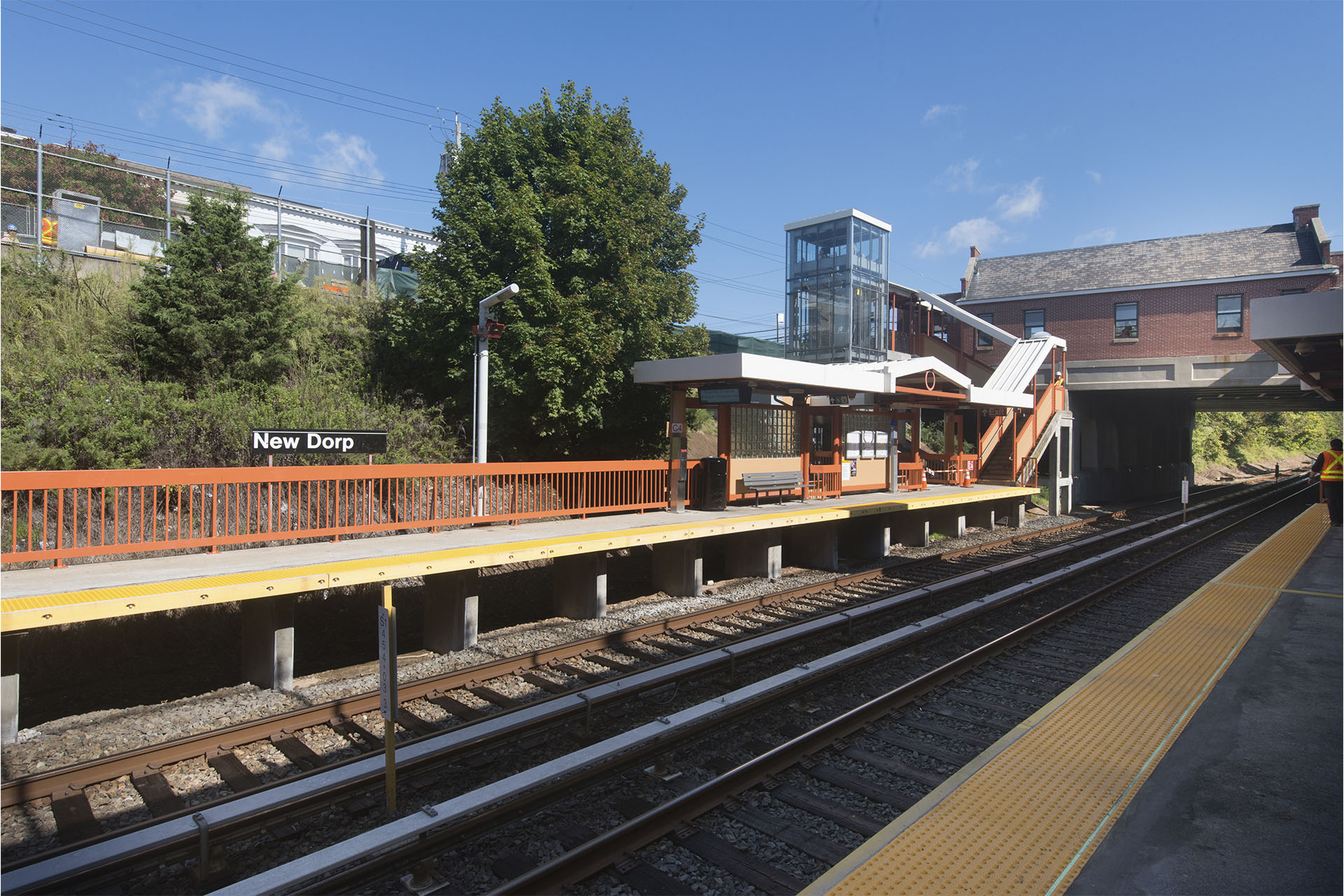
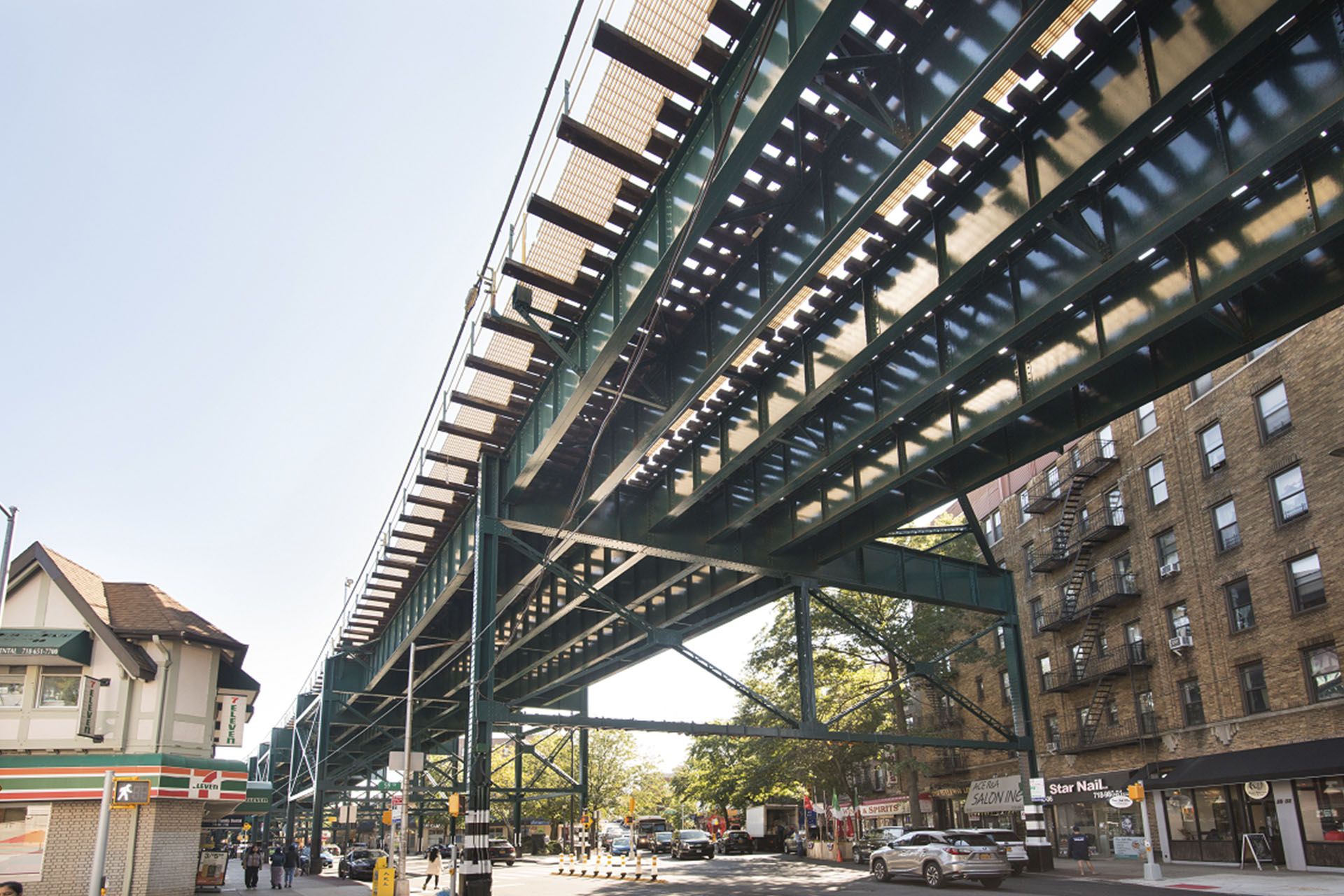
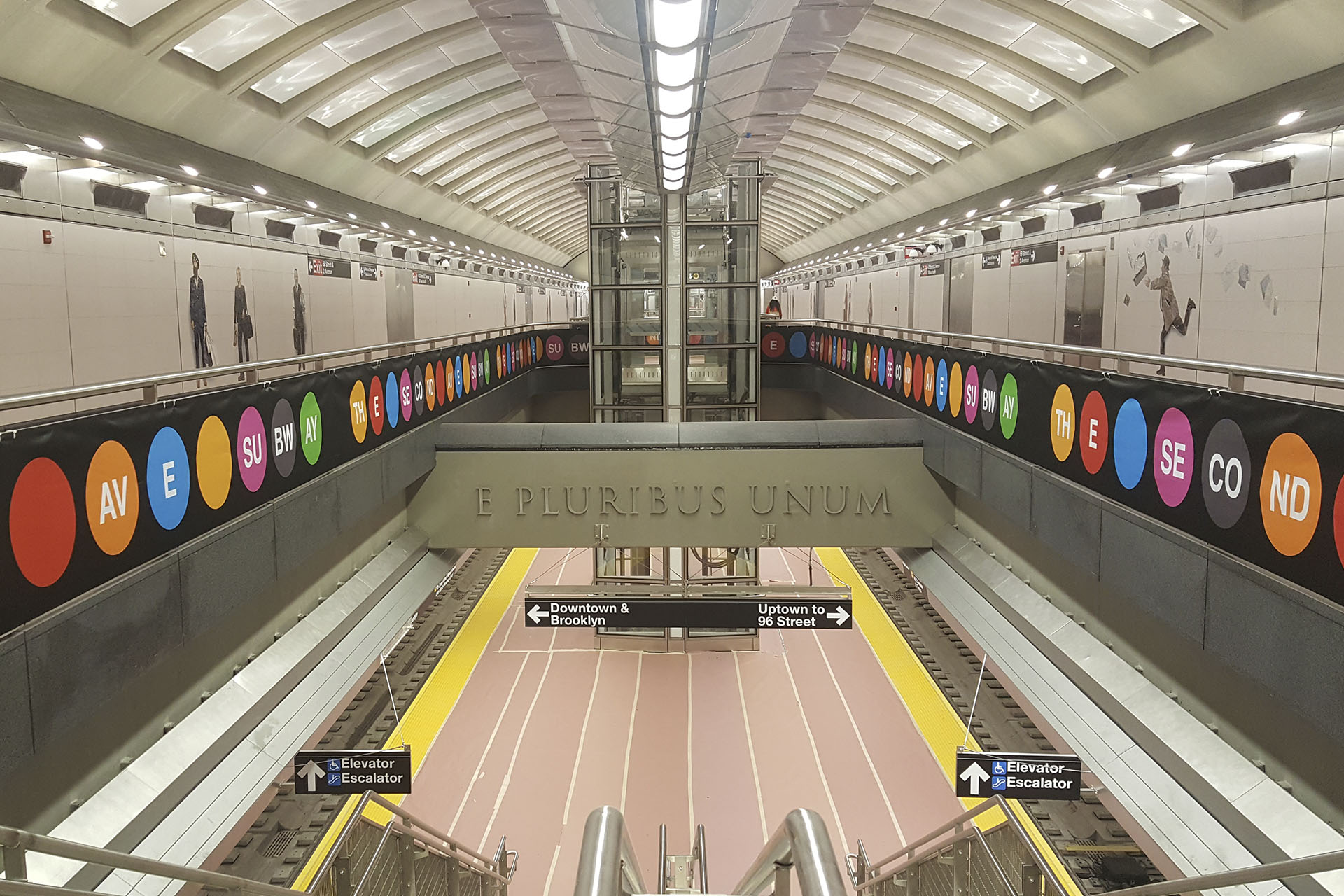
New York Metro, Purple Line, and South Dade Bus Rapid TransitWay
As part of European Mobility Week, OHLA also highlights its role in transforming urban transport in the United States, where it develops projects that promote more accessible, efficient, and environmentally friendly mobility. From New York to Maryland and Florida, the company reinforces its commitment to infrastructure that connects communities, reduces environmental impact, and improves quality of life.
In New York City, OHLA is actively involved in modernizing the subway system, one of the busiest in the world. Among its main contracts is Design-Build Services Package 5, which includes accessibility improvements at 13 New York City Transit stations, in line with the Americans with Disabilities Act (ADA). These actions align with the Metropolitan Transportation Authority’s (MTA) goal of ensuring an inclusive system for all citizens.
The company is also executing Package 1 of the same program, which includes installing 18 elevators and other improvements to provide full accessibility at eight stations across the city’s five boroughs. These interventions are complemented by work at the historic Borough Hall station in Brooklyn, renovations at five stations on the Flushing Line in Queens, and structural repairs on the elevated lines of Dyre Avenue and White Plains Road in the Bronx, consolidating a comprehensive approach to the Big Apple’s subway network.
OHLA’s experience in the New York subway also extends to the rehabilitation of the Canarsie Tunnel and excavation and structural works for the Manhattan tunnels of the Grand Central Madison (East Side Access) project, contributing to the expansion and modernization of the city’s underground rail system.
In parallel with subway improvements in New York, the Group is developing its most significant sustainable mobility contract in the U.S.: the Purple Line. Together with Dragados USA, OHLA USA leads the design and construction of this light rail system, which will span 26.1 kilometers and feature 21 stations.
With a total value of $2.9 billion, the project will connect Bethesda in Montgomery County with New Carrollton in Prince George’s County, offering direct links to metro lines, commuter trains, and Amtrak’s Northeast Corridor.
The Purple Line is designed as a catalyst for urban transformation, aimed at revitalizing communities and fostering development around public transport. Once operational, it is estimated to remove approximately 17,000 vehicles from the roads daily, significantly reducing congestion and environmental impact.
The project is progressing steadily and recently reached a new milestone: the first light rail vehicles departed from the Glenridge operations and maintenance facility toward New Carrollton station, marking a key moment in the execution of this strategic infrastructure for the region and for OHLA Group.
Within OHLA’s sustainable mobility portfolio in the U.S., the design and construction contract for the South Dade Bus Rapid TransitWay also stands out, awarded to OHLA USA for $368 million. This project has transformed the southern Miami-Dade transit corridor into a state-of-the-art bus rapid transit line.
The project includes the construction of 14 stations, the rehabilitation of 16 existing stations, two terminals at Dadeland South and SW 344th Street Station, and a new park-and-ride facility at SW 168th Street.
The corridor, which stretches along 20 miles of dedicated roadway, connects five municipalities in South Florida and is designed to improve travel times, facilitate quick boarding, provide a dedicated right-of-way, and enhance system safety.